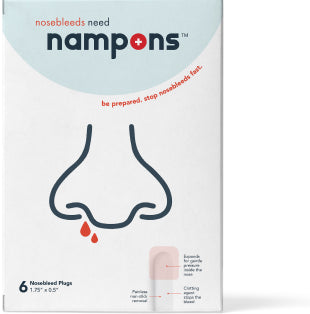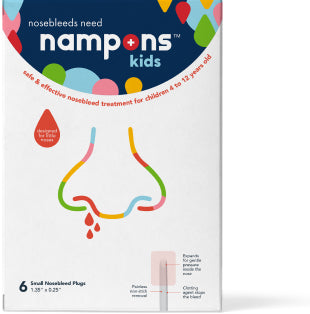Nosebleeds are very common in the dryer, winter months. They occur when the blood vessels in the nose become damaged or ruptured, leading to bleeding from one or both nostrils. There are several causes of nosebleeds, but one of the most frequent is dry air. This is why we often see more nose bleeds in the Winter than Summer when the humidity is low and the air is cold and dry.
So what happens when the air is dryer that causes nosebleeds? When the air is dry, the nasal passages become dry as well, leading to cracking and bleeding of the blood vessels in the nose.
During the Winter months, we also often see an increase in colds and flu. Blowing the nose too hard or frequently can also cause nosebleeds, as it can cause irritation and damage to the blood vessels in the nose. If your sick, be gentle on your nose!
Symptoms of nosebleeds include bleeding from one or both nostrils, blood running down the back of the throat, and a feeling of stuffiness in the nose. In most cases, nosebleeds are not serious and can be treated easily and sawfly with a Nampon™. However, if the bleeding is heavy and does not stop after a few minutes, it is important to seek medical attention.
To prevent nosebleeds due to dry air, there are several things that can be done. First and foremost, it is important to keep the air in your home humidified, especially during the winter months. This can be done by using a humidifier or by placing bowls of water around the house. Additionally, it is important to avoid blowing your nose too hard or frequently, and, of course, try to avoid picking your nose!
If you do get a nosebleed, don’t panic. To stop a nosebleed, insert a Nampon™ into the affected nostril. Pinch your nostrils together and lean forward slightly. This will help to stop the bleeding and prevent blood from running down the back of your throat. When the bleeding stops, discard the Nampon™. If the bleeding does not stop after 15 minutes, it is important to seek medical attention.
So remember, to prevent nosebleeds in the cold winter months, keep the air in your home humidified, avoid blowing your nose too hard or frequently, and avoid picking your nose. If you are experiencing a nosebleed, use a Nampon™. Always be prepared and stay warm!



